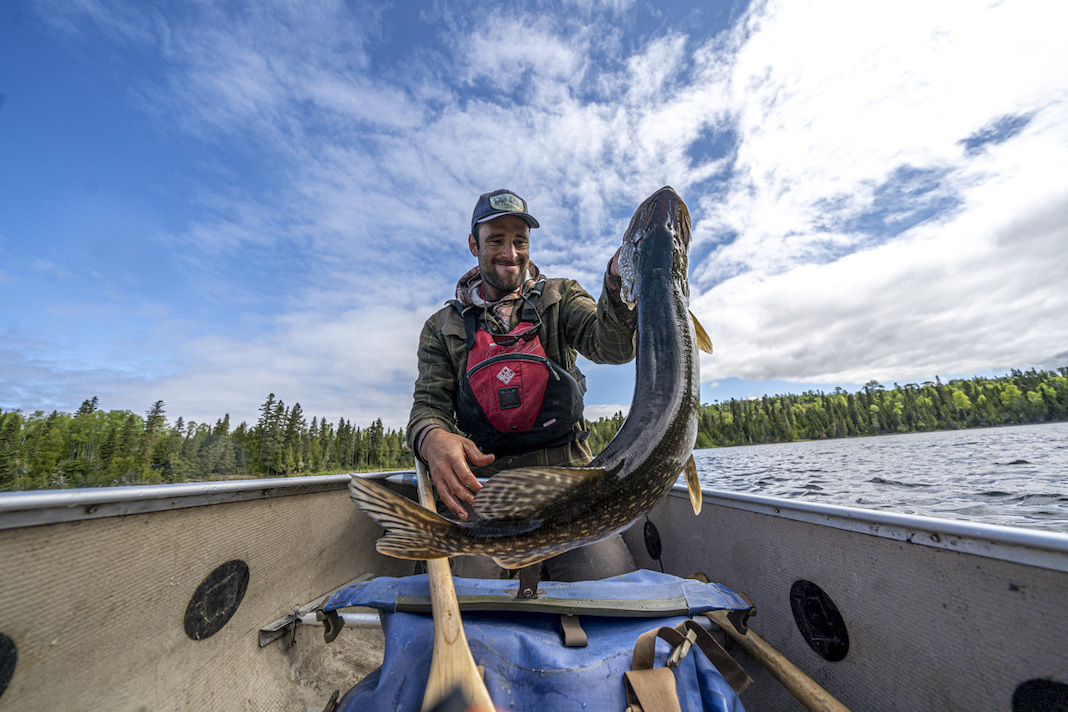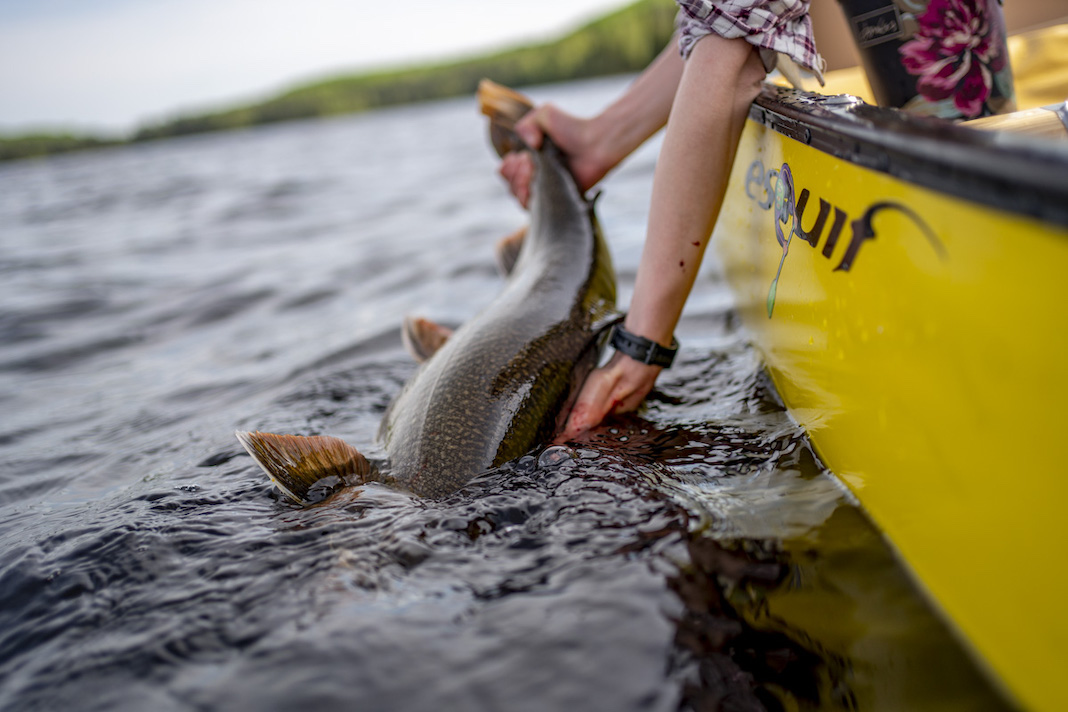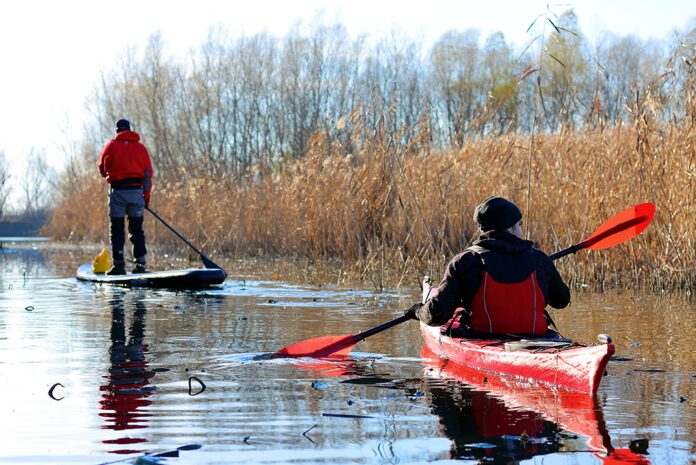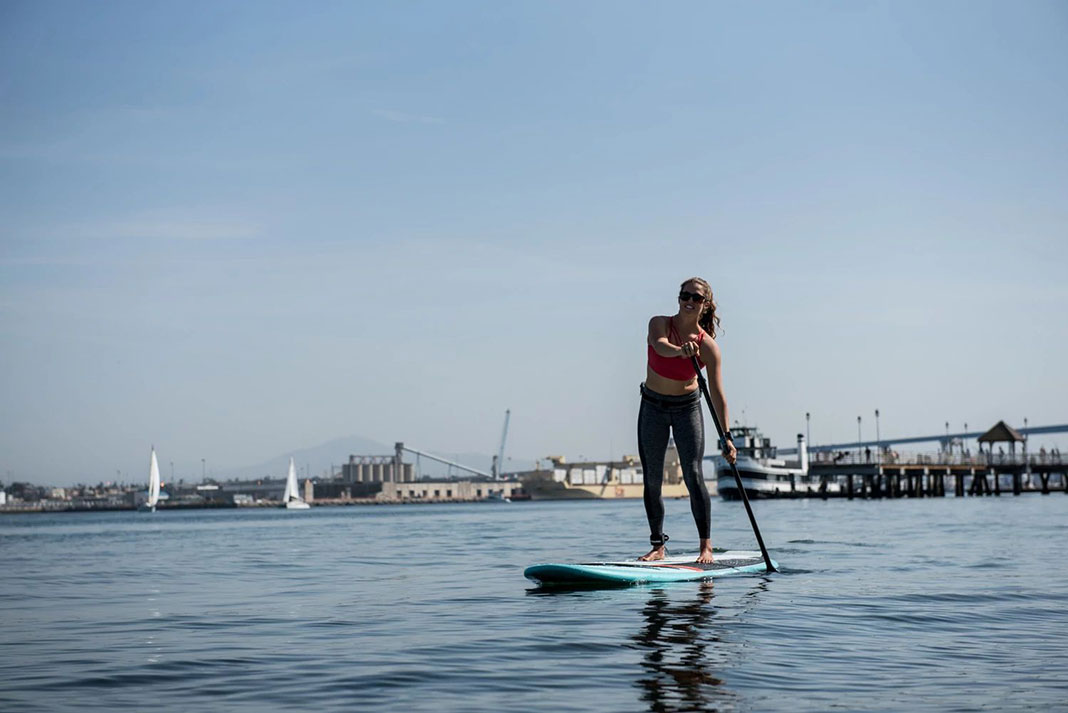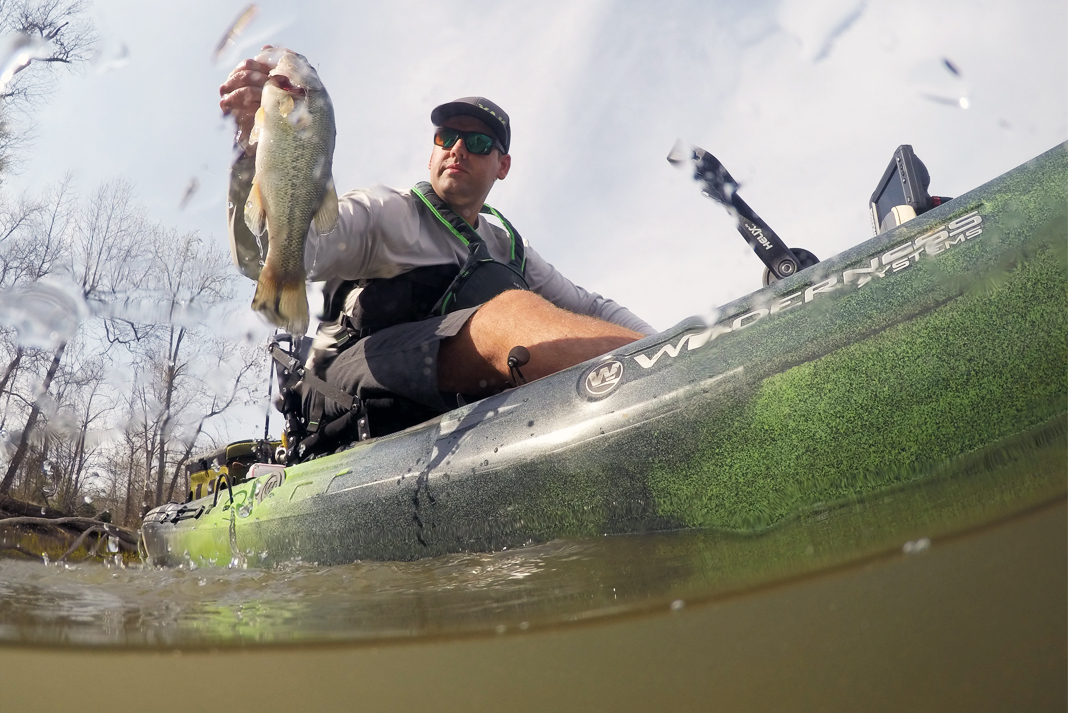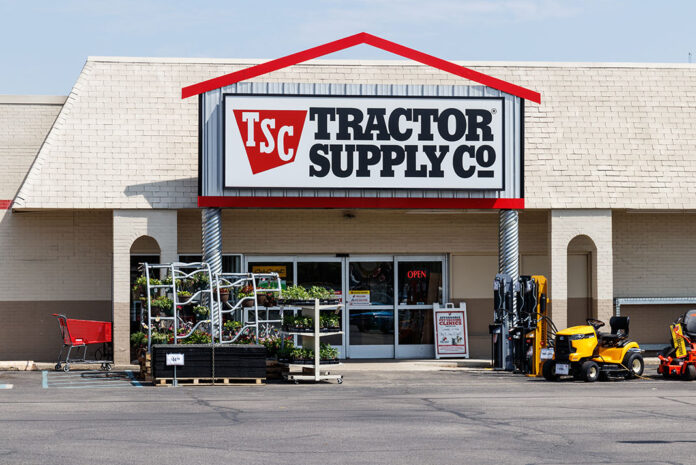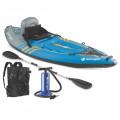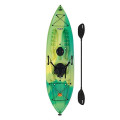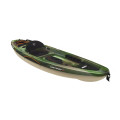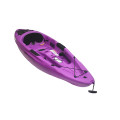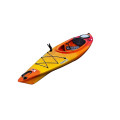Paddleboard versus kayak is a foundational debate for paddling enthusiasts, whether they’re beginners looking for the best way to get into paddlesports or experts arguing over their favorite ways to paddle.
Paddleboards originated in Hawaii, seeing sporadic use over decades before their popularity took off in the early 20th century. Kayaks, on the other hand, were invented centuries ago in the Arctic and used as hunting vessels. Whereas most paddleboards closely resemble their Hawaiian ancestors, kayaks have morphed into a huge array of shapes and styles with only a few (seriously hard-core) models remaining true to their Inuit roots.
The main difference between a kayak and standup paddleboard is how you paddle. A kayak employs a double-bladed paddle, with the user sitting down either in an enclosed cockpit (sit-inside kayak) or on the open deck (sit-on-top kayak). With a paddleboard, the paddler stands and uses a single blade for propulsion. Some common ground in the SUP vs kayak comparison is that many design types are available in each style of watercraft, ranging from racing models to touring, recreation, fishing and surf.
A good way to decide on a paddleboard vs kayak is to consider your level of fitness, aspirations and where you plan to paddle. Paddleboarding is a great full-body workout, requiring balance and core strength. Kayaking is also good exercise, but it’s a bit easier to balance and move efficiently through the water because you’re in a sitting position and have two paddle blades to work with.
Paddleboarding in a headwind is tedious whereas a kayak is more aerodynamic—a good consideration if your typical paddling environment is windy. Furthermore, a sit-in kayak offers far more shelter from precipitation and cold water compared to a standup paddleboard.
This article provides an overview of the differences and similarities in paddleboards vs kayaks, helping you consider the topics of design, performance, gear and use, based on your needs. Once you’ve narrowed down your selection to SUP or kayak we recommend you peruse the Paddling Buyer’s Guide for an overview of the various styles and models available to meet your paddling needs.
Differences and similarities
Design
Assessing paddleboard vs kayak designs exposes some major differences between the two types of craft. First off, most paddleboards feature a planing hull, meaning that the bottom of the board is flat and designed to skim across the water (a design feature harkening back to standup paddleboarding’s surfing roots). This makes for good stability in some wider models and provides a great platform for standing (obviously) and, in some models, sitting or even doing yoga.
Kayaks, on the other hand, nearly always feature displacement hulls which provide better tracking (ability to move straight), greater efficiency for traveling longer distances and more volume inside the boat. Some specialized racing SUPs feature displacement hulls for greater speed.
In general, recreational and fishing SUPs and kayaks are about the same length when it comes to beginner friendly, all-around models. These types of kayaks and SUPs are typically eight to 11 feet in length. Construction varies between kayaks vs standup paddleboards, with most recreational and fishing kayaks made of rotomolded polyethylene while SUPs are generally constructed of expanded polystyrene foam sandwiched between a plastic bottom and a fabric-covered soft-top.
However, more advanced kayaks and SUPs share similar high-tech composite construction using materials like fiberglass and epoxy. Both SUPs and kayaks are available as super-portable inflatables, which are easy to transport and store but lack the paddling performance of hard-shell (non-inflatable) models.
General purpose, beginner-friendly paddleboards and kayaks have similar comfort features, albeit in different iterations. Paddleboards have soft and grippy decks for comfort while standing; kayaks have ergonomic seats with adjustable back supports and (usually) foot pegs. Some hybrid paddleboards (see below) offer features for both kayaking and paddleboarding, providing you with the option of doing both activities with the same watercraft.
Most paddleboards and kayaks come equipped with grab handles for carrying, bungees for securing gear and accessories like cup holders and fishing rod holders in some models.
One important difference between paddleboards vs kayaks is that paddleboards won’t sink when they capsize. More advanced touring kayaks have built-in floatation to avoid this serious problem, but basic (and cheap) recreational kayaks can be dangerous to use in open water conditions if they do not have a means of staying buoyant and afloat in the event of a capsize. This is an important consideration if you plan to paddle on open water.
Outfitting
Most paddleboards and kayaks come ready to paddle. However, kayakers are more likely to wish to custom fit their boat by making adjustments to the outfitting. For starters, most kayak seats offer adjustable back support and (in some cases) adjustable seat heights and angles. For kayaks equipped with footrests it’s important to adjust the length to assure a good fit in the boat for greater paddling efficiency, comfort and ease of entry and exit. With paddleboards, the main outfitting item is a leash, which allows you to retrieve your board should you fall off.
Anglers may wish to make bigger adjustments to outfitting. For example, rod holders and tackle storage devices can be added to both fishing kayaks and SUPs for greater convenience for anglers.
Gear
Many new buyers wonder, can you use a kayak paddle for a paddleboard? That depends on the style of paddleboard you’ve purchased. A single-blade is advised for most paddleboards, with the exception of hybrid models that include seats and foot braces for sit-down paddling with a kayak paddle. A PFD (personal floatation device) is another essential piece of gear.
For kayakers this usually means a paddling-specific life vest; for recreational kayaks you may prefer a “high-back” PFD with more clearance to accommodate the larger seat backrest in most beginner boats. Many paddleboarders prefer inflatable PFDs, which attach discreetly to your torso and can be inflated if necessary.
In general, SUPs are less gear-intensive than kayaks. All you need is a paddle, a PFD and a leash and you’re good to go. Kayaks, on the other hand, require a paddle, PFD, bilge pump (or a bailing device), a tow- or throw-rope, and in some cases, floatation and a sprayskirt (the latter creates a seal between the paddler and the boat and allows for rough water paddling as well as advanced techniques like rolling).
Whether you’re paddling a paddleboard or a kayak, you may wish to add accessories like dry bags for carrying gear and paddling-specific footwear for greater comfort while launching or while on the board or in the boat.
Price
“Why are paddleboards more expensive than kayaks?” is a common question when it comes to paddleboard vs kayak prices. It’s true, big-box retailers often sell kayaks cheaper than SUPs—and, for better or worse, these massive department stores do the lion’s share of paddlesports business. However, it’s important to note that the cheap recreational and fishing kayaks sold at places like Walmart and Costco are absolute entry-level models.
The price relationship is inverted if you shop at paddlesports specialty retailers, where the cost of a high-quality kayak is invariably more than a similar quality SUP. That’s because advanced kayaks have features that require precision construction, including internal bulkheads (critical safety items absent in most barebones beginner kayaks) to offer floatation and intricate seams between the deck (top) and hull (bottom) of the kayak, particularly in composite (fiberglass) boats.
A good paddleboard costs $1,000 to $1,500, depending on the construction (inflatables tend to be cheaper than hand-made composite and epoxy boards), compared to a high-quality touring kayak which retails for $2,000 and up. However, you’ll find plenty of cheaper options if you’re only looking to kayak casually, with decent recreational models retailing between $500 and $1,000 (entry-level SUPs come with similar price tags). However, the market is flooded with cheap kayaks available for $300 or less at big box department and hardware stores. Beware that you get what you pay for, and these cheap kayaks are only suitable for casual use in calm, sheltered water.
Performance
In general, kayaking is faster, the boats are more stable and the skills are easier to learn than paddleboarding. Kayaks also have the added benefit of having more capacity to stow gear, whether it’s for a day trip, an overnight or a multi-day adventure. Paddleboard speed vs kayak is subjective, however, and depends entirely on the board and boat designs in question.
A displacement hull racing SUP is faster than most kayaks (even sleek touring models). However, a general-purpose SUP is slower than a typical day-touring kayak. General-purpose SUPs and recreational kayaks have similar speeds, if you’re wondering can a SUP keep up with a kayak.
Another common question regarding paddleboard vs kayak performance relates to stability: “Is a kayak more stable than a paddleboard?” Invariably, kayaks are more stable than SUPs simply because of the seated position one assumes while kayaking, which contributes to a much lower center of gravity.
It’s easy to see why paddleboarding is popular among fitness enthusiasts: the sport delivers a full-body workout, engaging your lower body (for balance), as well as your upper body and core for propulsion. In terms of calories burned when kayaking vs paddleboarding, you’ll get a far better workout on a SUP.
Kayaking is typically easier to learn than paddleboarding. The double-bladed kayak paddle creates symmetry and allows you to move forward with less effort than a single-bladed SUP paddle. Steering strokes on a SUP are more complicated, unless you have a background in canoeing (the strokes are relatively similar).
Furthermore, SUP has the added challenge of requiring adept balance. You may prefer a SUP if you’re worried about being confined within the cockpit of a sit-inside kayak, however this fear is assuaged for most new paddlers when they take a basic lesson. Sit-on-top kayaks have the easy paddling benefits of a kayak without the confined feeling of sitting inside a cockpit.
Purpose
Performance has a lot to do with water conditions and how a paddleboard vs kayak is used. General-purpose SUPs are slow and cumbersome in a headwind, while kayaks are sleeker and easier to paddle in challenging conditions. However, some advanced paddleboards are a thrill to use in downwind conditions and surf.
Wondering what’s the difference between kayaking and paddleboarding? For most beginners, the main difference is one of posture: do you want to paddle sitting down (kayak) or standing up (SUP)? Are you looking for fitness (SUP) or an easy, relaxing paddling experience (kayak)? Do you wish to surf (SUP) or travel long distances on a camping trip (kayak, though some touring SUPs are capable of multi-day trips)?
Paddleboards are simple with less required gear and accessories, as well as easier to transport and require less storage space. Furthermore, inflatable paddleboards perform far better than inflatable kayaks. Kayaks, on the other hand, are easier to learn, more comfortable in cold air and cold water conditions, and offer better overall performance in the paddling conditions most beginners and intermediates are likely to encounter.
Quick differences
Got a specific question regarding paddleboards vs kayaks? Here are quick answers to some common internet search queries.
-
Fishing paddleboard vs kayak
Most people prefer a kayak for fishing. A kayak gives you more options to sit and stand with greater stability and comfort, as well as more space to store your tackle and gear. Kayaks are easier to paddle than paddleboards and work better in the wind. However, you can’t beat the extremely shallow draft of a fishing paddleboard for targeting fish in skinny water, and the standing perspective offers advantages in sight-casting in shallows.
-
Inflatable paddleboards vs inflatable kayaks
SUPs win the battle between inflatable paddleboards vs inflatable kayaks. An inflatable paddleboard is more rigid and performs better than an inflatable kayak. The simpler hull shape of a paddleboard, coupled with technology like dropstitching which allows for higher inflation pressure, allows it to cut more efficiently through the water. Inflatable paddleboards also pack up smaller and assemble faster than most inflatable kayaks.
-
Sit-on-top kayak vs paddleboard
The difference between sit-on-top kayaks vs paddleboards is largely one of paddling style. Do you want to use a single blade or a double blade? Are you looking for a better workout (SUP) or comfortable, stable experience on the water (kayak)? Both sit-on-top kayaks and paddleboards leave the user exposed to the elements; this is a nice perk in hot weather, but less comfortable in colder climes. The typical recreational sit-on-top kayak and all-around paddleboard move at roughly the same speed on the water.
Kayak-paddleboard hybrids
Still can’t decide between a paddleboard or a kayak? A paddleboard kayak hybrid could be just the ticket for you. A kayak-paddleboard hybrid is essentially a paddleboard with a kayak seat and foot support to allow for sit-down paddling with a kayak paddle. These features are removable or adjustable to allow for standup paddling with a single-blade SUP paddle as well.
As with most hybrids, a paddleboard kayak combo strikes a compromise between both styles of watercraft, and should only be considered if you’re certain you wish to dabble in both standup and sit-down paddling. If you’re simply looking for a way to take a break while standup paddling, be aware that you can sit on a SUP board for a rest or increased stability when desired.
Where to rent
Pretty much every waterfront city in North America has a place to rent kayaks and SUPs. Often, you’ll find SUP rentals centered in communities on the coasts, resort destinations and along the Great Lakes. Kayaks are more common in inland places, as well as the Great Lakes and coastal areas with access to sheltered water. Renting is a great way to settle the paddleboard vs kayak debate with practical on-the-water experience to find out what’s truly best for you.
Where to buy
Both kayaks and SUPs are available in a wide variety of retail outlets, each with its advantages and disadvantages. Here’s a list of options if you’re thinking of buying.
- Box department stores (like Walmart) and large online retailers (such as Amazon) offer excellent selections of cheap, entry-level SUPs and kayaks. Box stores and Amazon are great if you’re looking for a cheap paddleboard or kayak for casual use. However, you’ll miss out on the higher-quality models sold at specialty retailers as well as their expert advice. Another big drawback of buying a paddleboard or kayak online or at a box store is that you won’t be able to try out the product before committing to a purchase.
- General outdoors and sporting goods stores (like Dick’s, Atmosphere, MEC and Bass Pro Shop) offer a step up in quality from box stores and Amazon. Again, don’t expect to receive expert paddling advice from sales associates, but you get a better selection of higher-quality paddleboards and kayaks at somewhat higher prices. These stores are a good option for general outdoors and fitness enthusiasts who want a more refined paddling experience for semi-serious use.
- Paddlesports specialty stores are your best choice if you wish to invest in a high-quality paddleboard or kayak. Retailers like Rutabaga and The Complete Paddler (there are many others across North America) offer great selections of performance boards and boats, including models for racing, touring and expeditions. You’ll benefit from the expertise of paddlesports professionals and usually have the option of test paddling multiple boards and boats before you make a purchase. What’s more, many paddlesports specialty stores offer rentals, season’s end sales and demo models for those shopping for a serious SUP or kayak on a budget.
The verdict
The question of paddleboard vs kayak ultimately comes down to your paddling preferences. Do you wish to stand tall and paddle with a single blade, or sit down and use a double-bladed paddle? Are you looking to paddle in hot conditions or would you rather tackle cold water destinations or paddle year-round? SUPs offer distinct advantages for fitness enthusiasts looking for a full-body workout and those wishing to experience surfing and downwind paddling in ocean environments.
In general, SUPs are best for those looking for single-day adventures (though larger, expedition SUPs are also available), while kayaks are more versatile if you wish to day-trip and go camping. Kayaks offer a wide range of applications, from casual paddling in comfortable recreational boats to long-distance touring in exposed environments.
As with any big outdoor equipment purchase, our best advice is to try as many paddleboard and kayak options before you commit to a purchase to make the best choice for you. Check out the Paddling Buyer’s Guide for a comprehensive overview of all the options available on the market, including specs, performance guidelines, where to buy and user reviews.
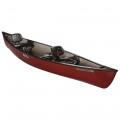

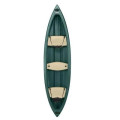



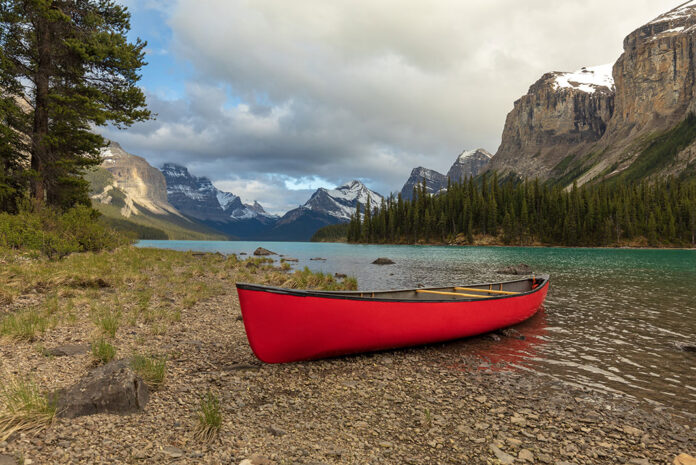

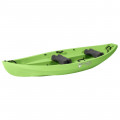
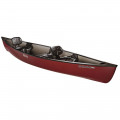

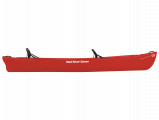
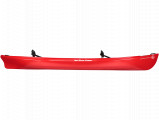
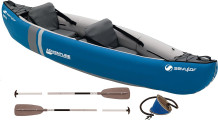
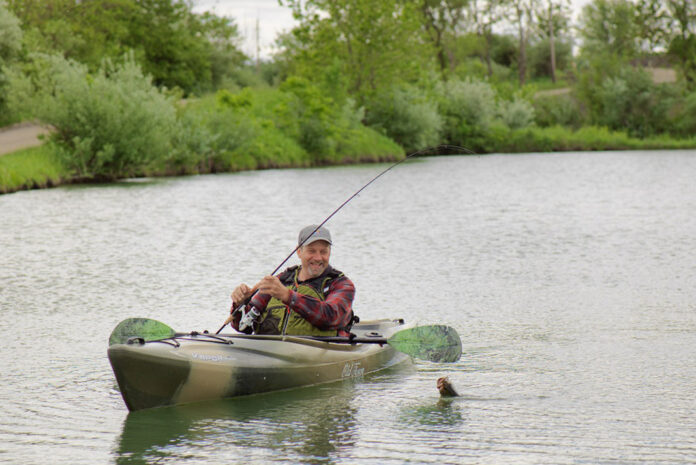
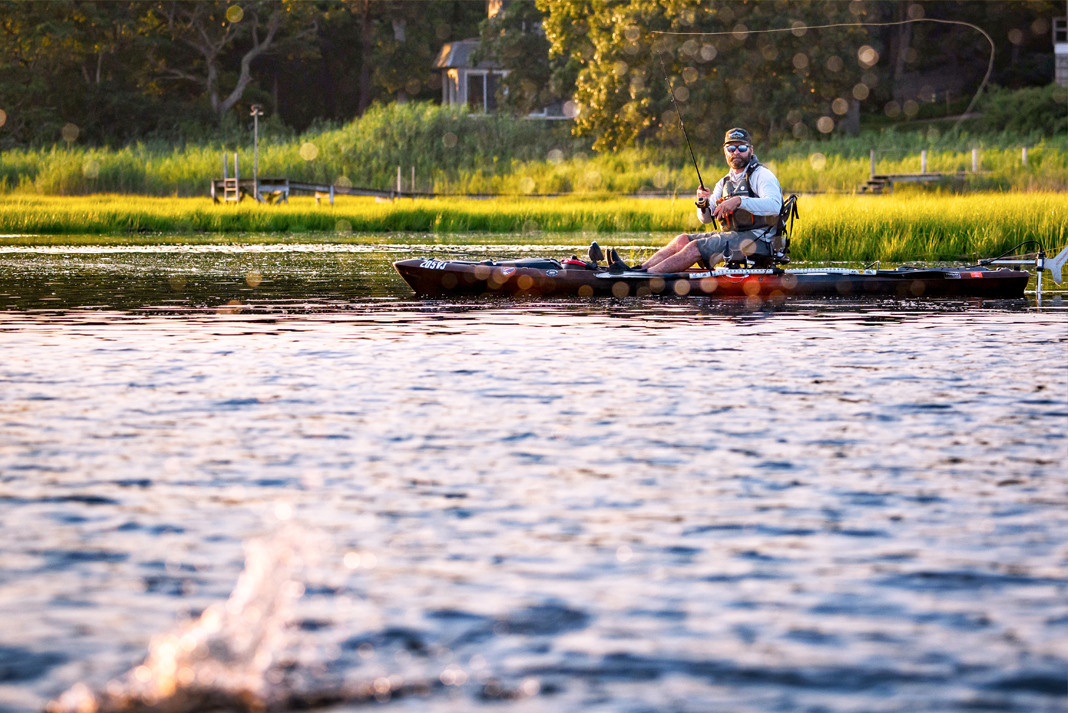
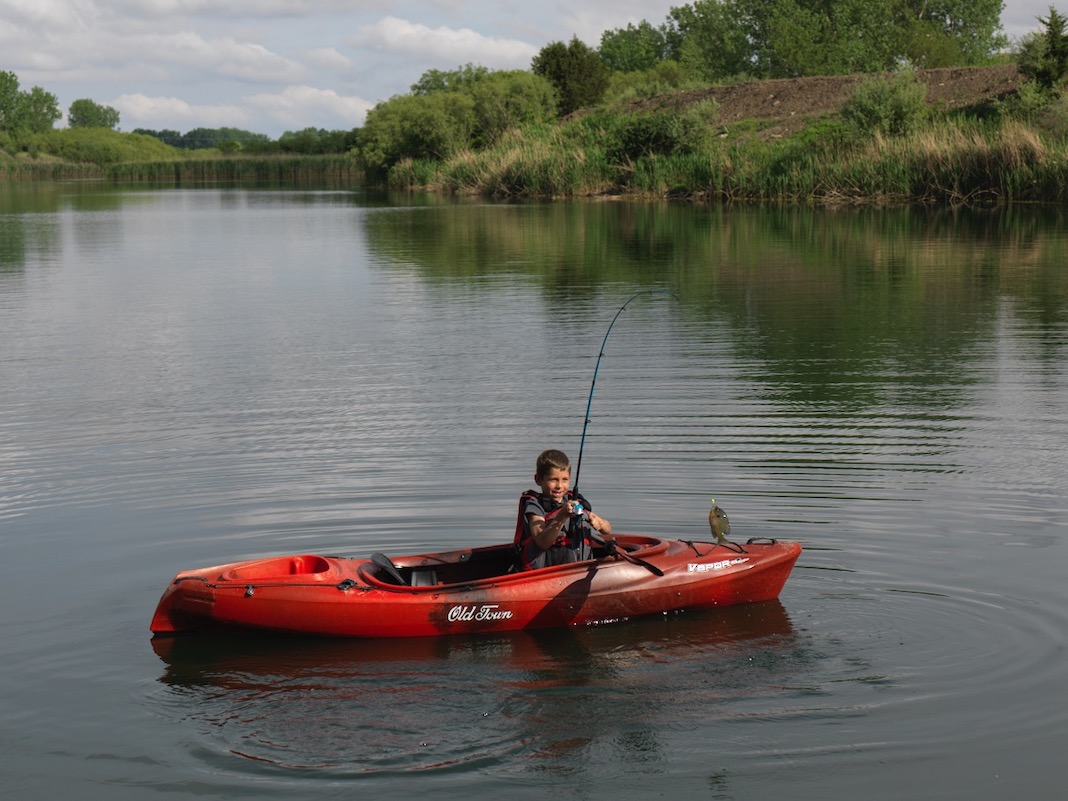
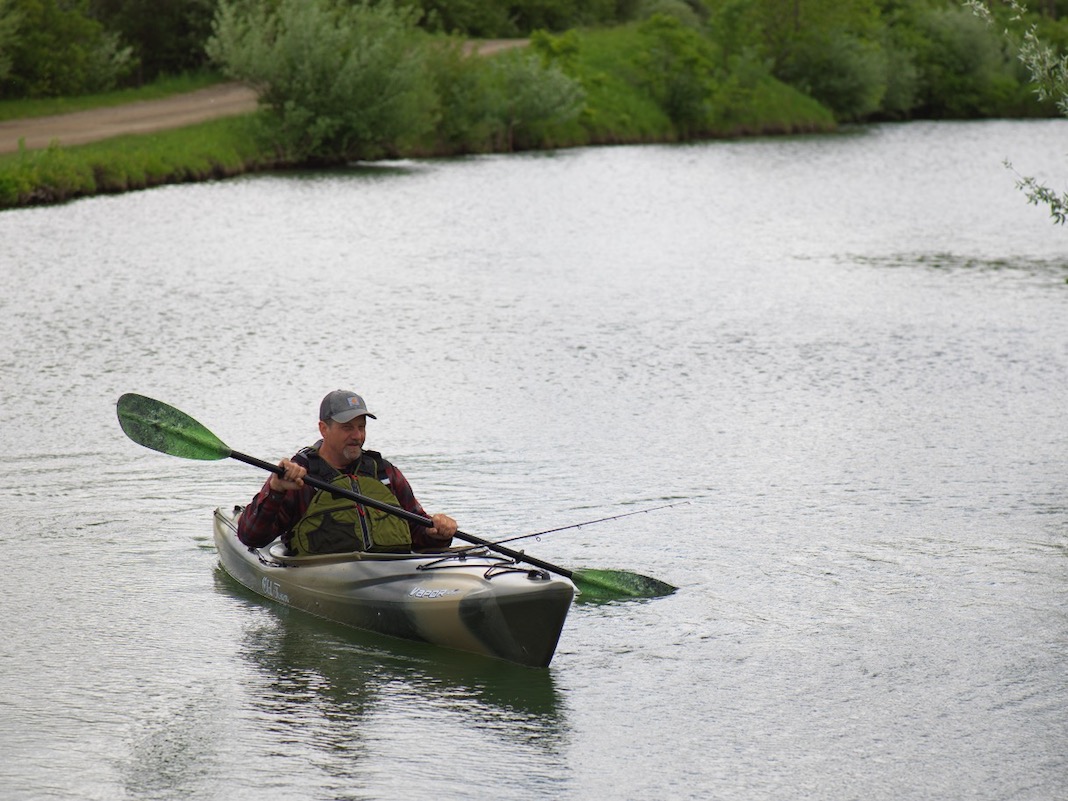
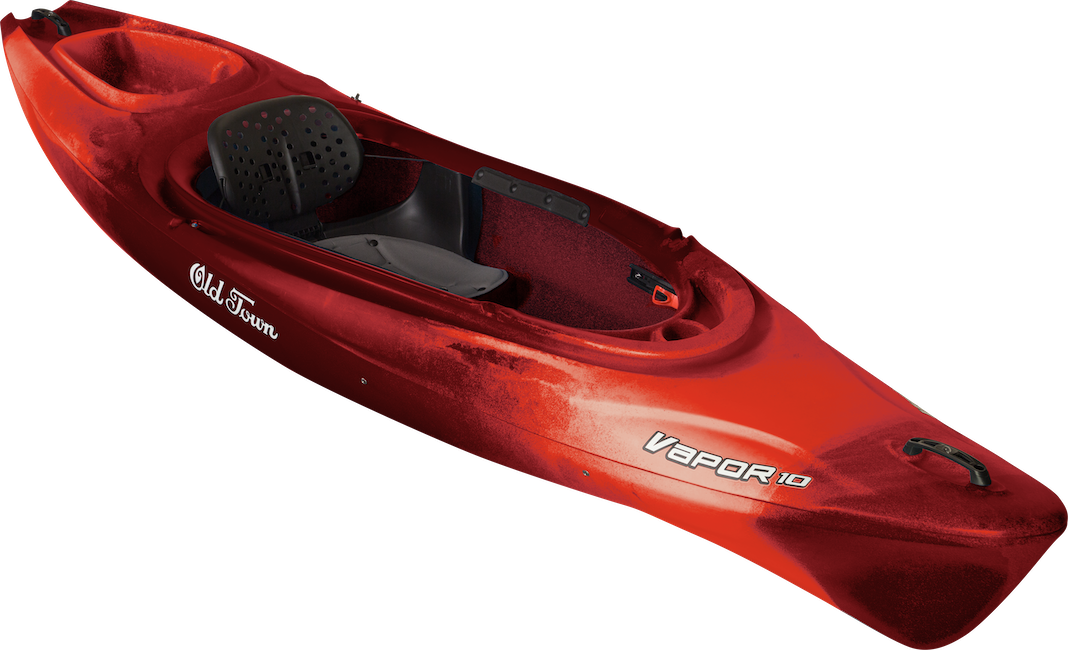
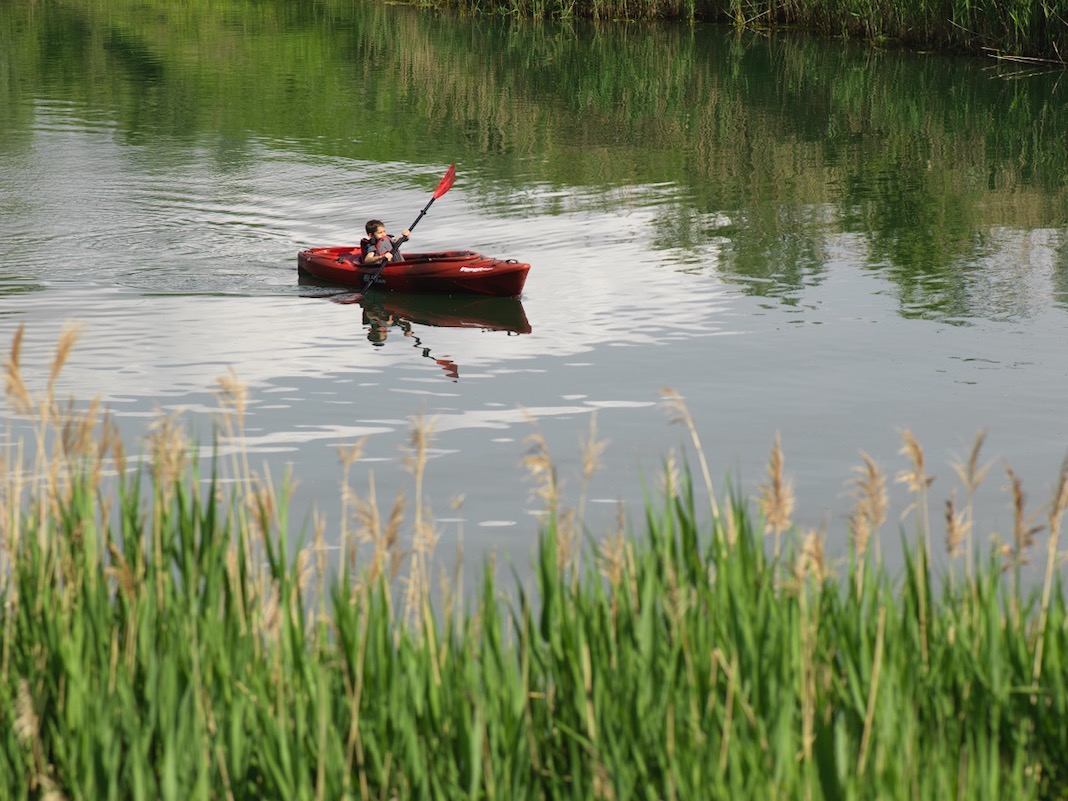
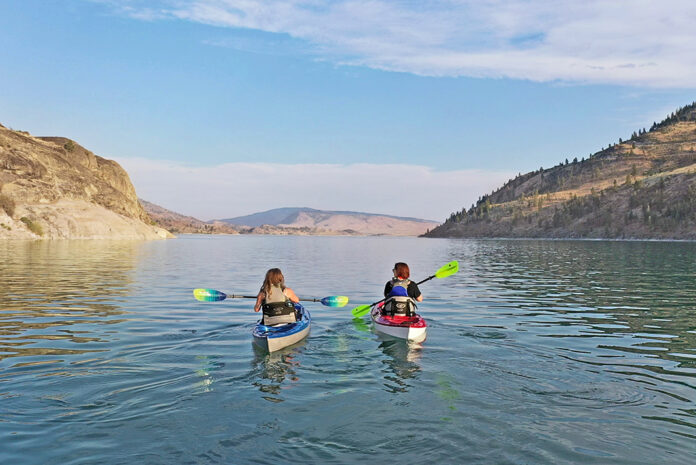
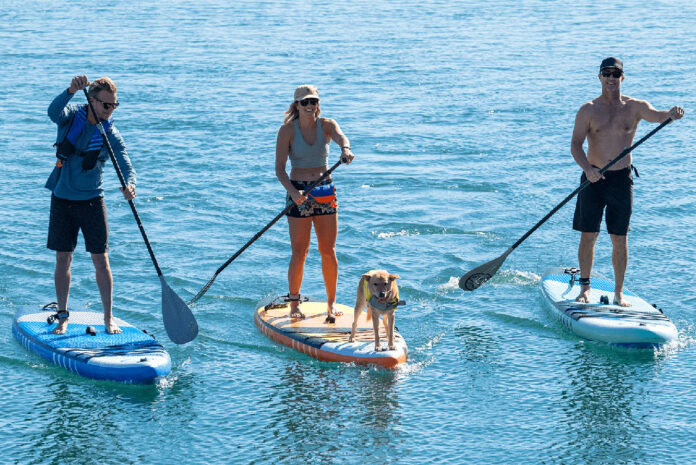
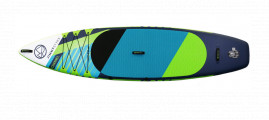
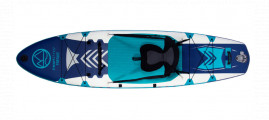
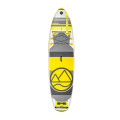
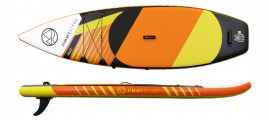


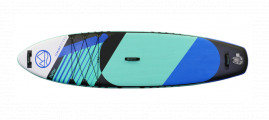
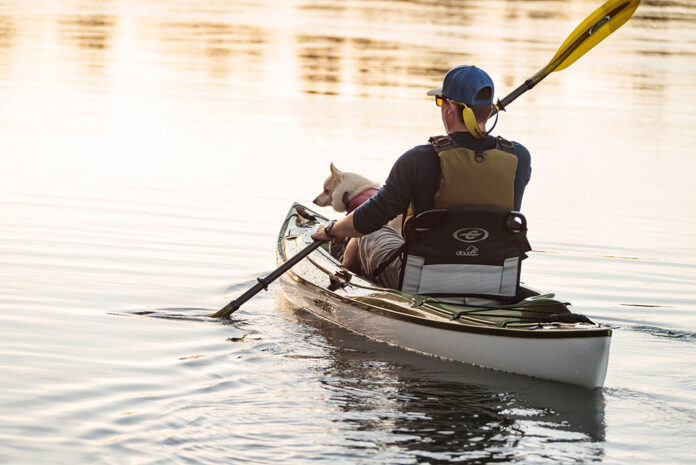





-first_product_boats.jpg)

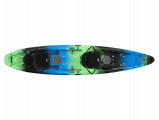
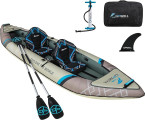


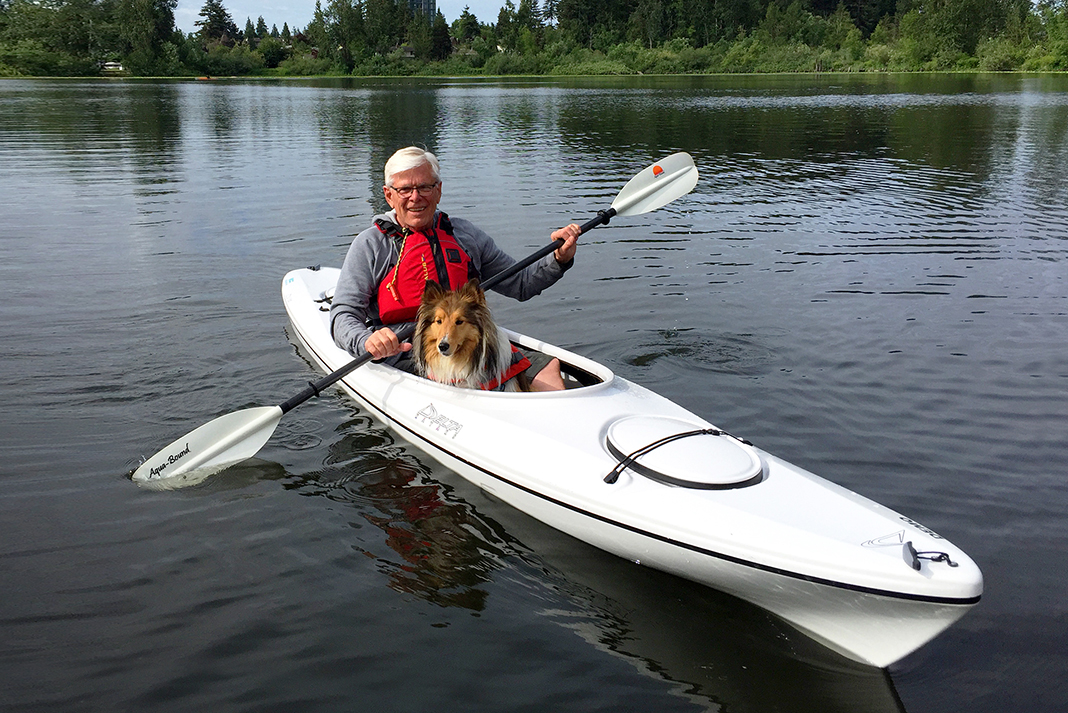


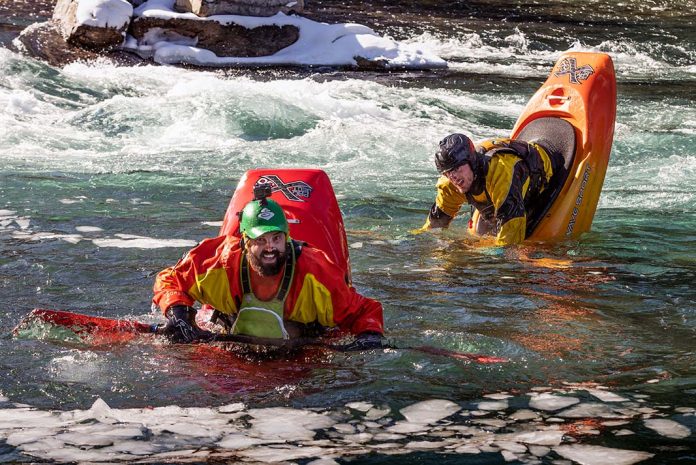
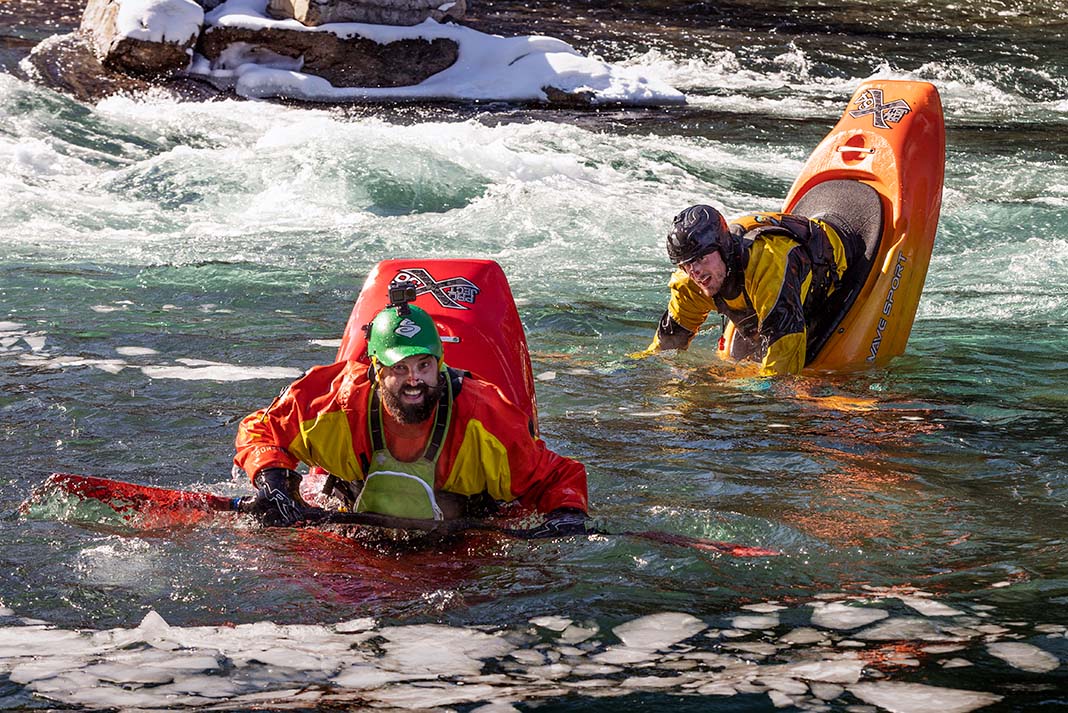
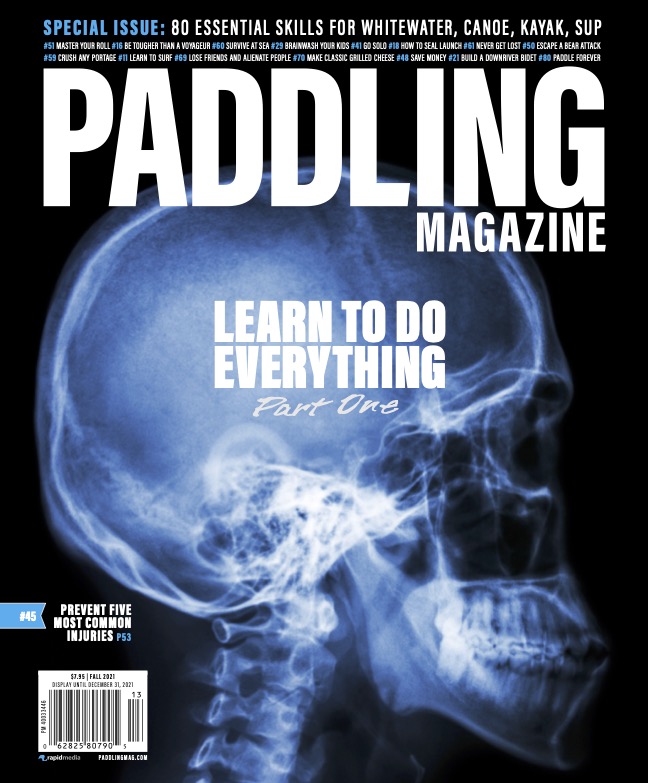
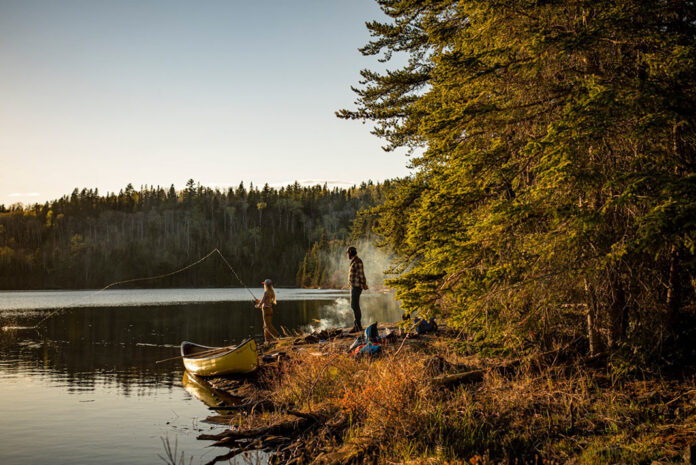


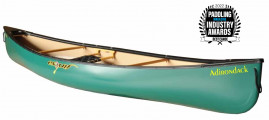

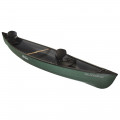


-first_product_boats.jpg)

